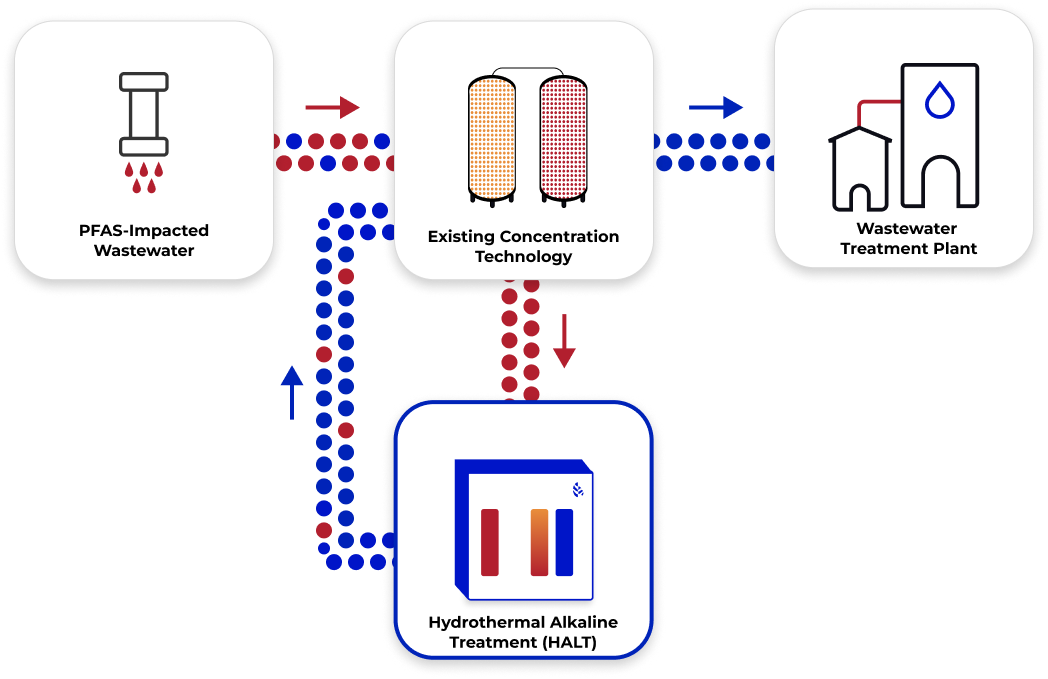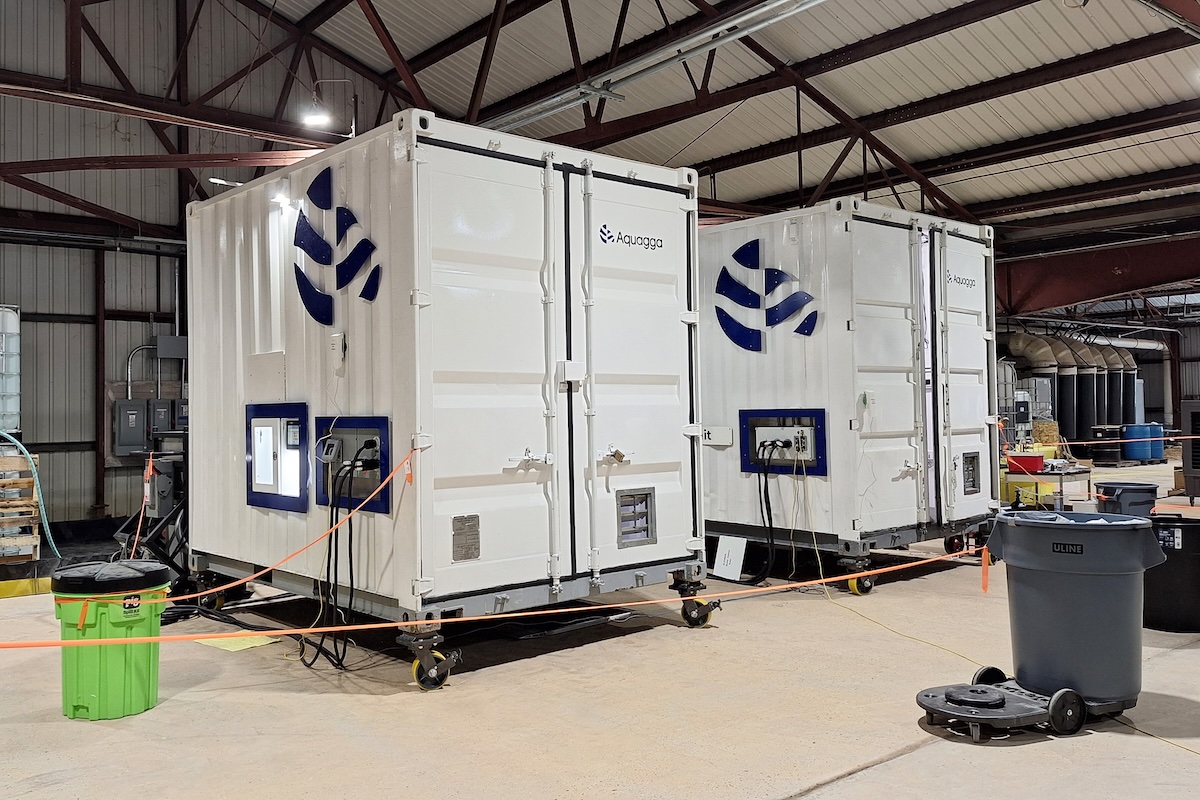
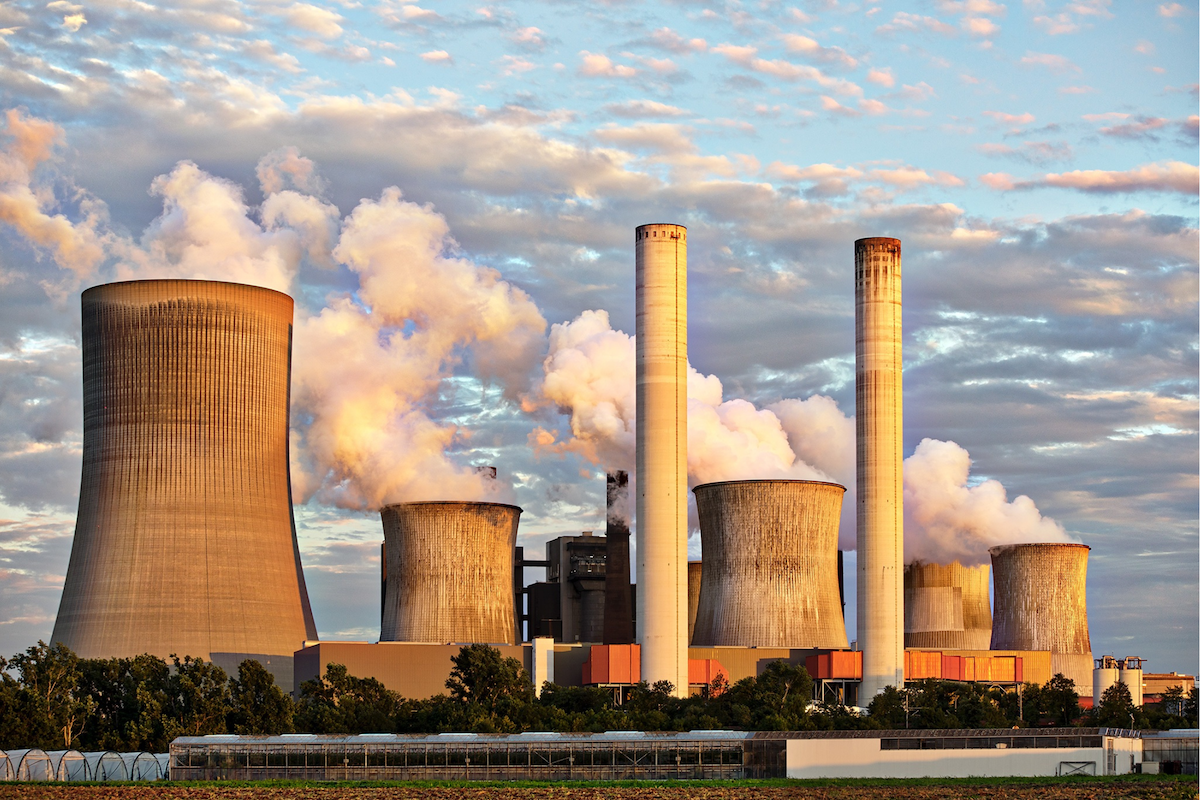
PFAS continue to be widely used in industrial processes today, where effective alternatives do not exist. This ongoing use generates complex, contaminated waste streams that are difficult and costly to manage. As regulations tighten, industries face mounting pressure to address both ongoing discharges and legacy impacts.
Aquagga works with industrial clients to reduce costs and address PFAS challenges with on-site, closed-loop destruction. This approach supports regulatory compliance, advances Environmental, Social, and Governance (ESG) goals, and minimizes potential long-term liability.
HALT is effective across a wide range of industrial wastewater sources, including:
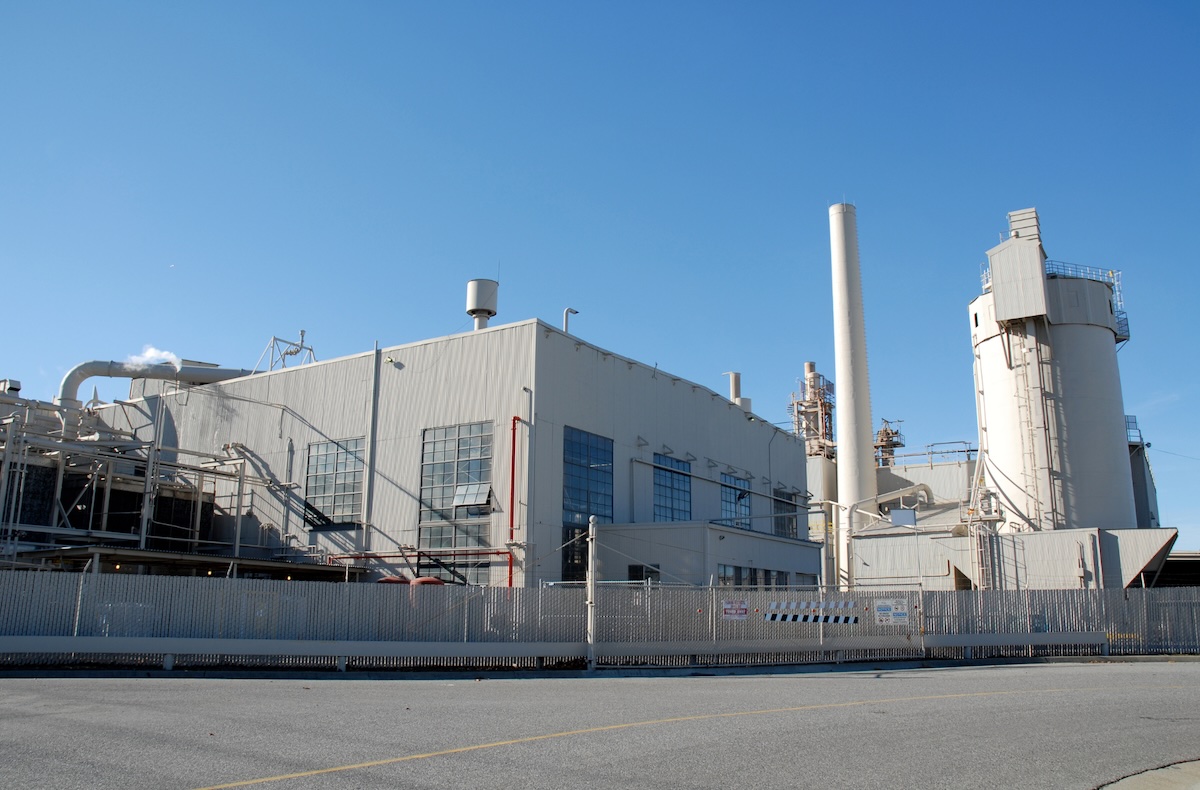


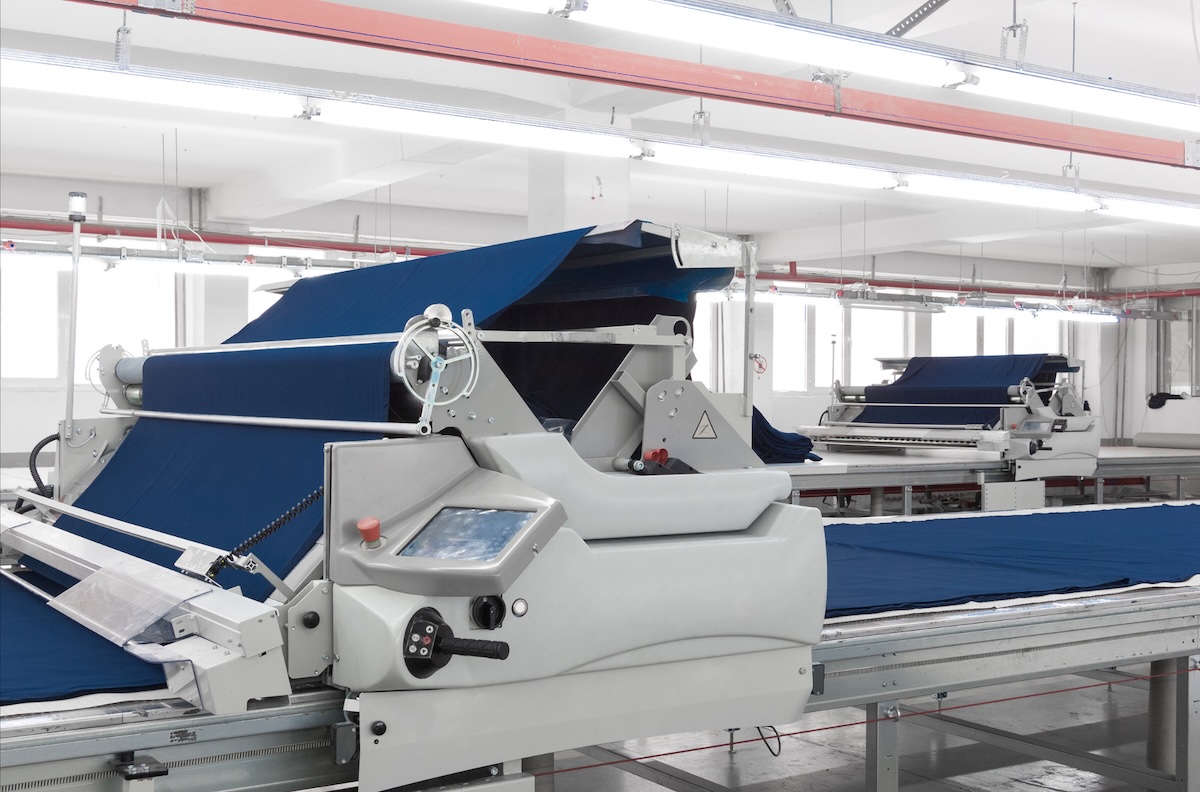
HALT integrates with existing separation or concentration technologies such as foam fractionation, ion exchange resins (IXR), or membrane systems to isolate PFAS before final destruction. Once wastewater is processed through these methods, the resulting concentrate is treated with HALT to destroy PFAS. This closed-loop process ensures PFAS are not only captured but permanently eliminated, preventing future environmental or public health risks.
